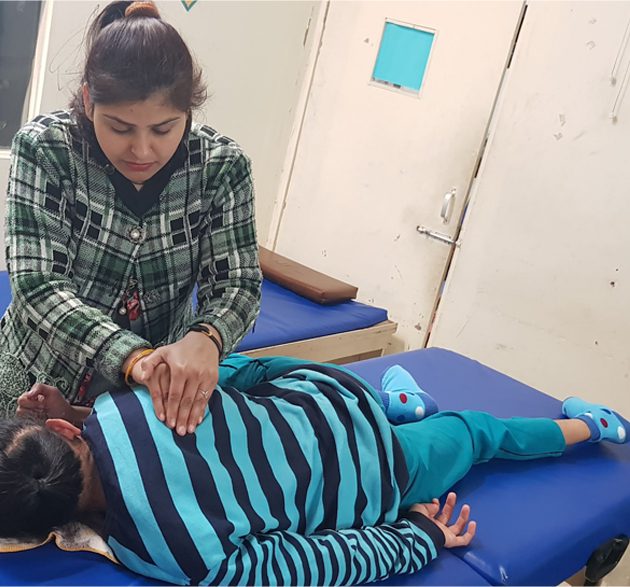The cerebral policy is a disorder that affects the movement of children, skills, coordination, and muscle. In most cases, cerebral palsy is caused by damage to the brain, which develops while the child is still in the utero or during shortly after birth. It refers to a group of disorders that affect muscle coordination and movement. This condition refers to the variety of different health problems that affecting body movement, posture, and balance.
Certain Factors which put children at an increased risk of Cerebral Palsy.
- Low
Birthweight - Premature
Birth - Engaging
of toxic substances while woman is pregnant. - Being a Twin
- If
children face an accident in their childhood.
Different Conditions that are associated with Cerebral Palsy?
- Difficulties
of communication - Dental
Problems - Poor Bone
Density - Low or
High muscle tone - Delayed
Development - Poor
Muscle Control
Different Types of Cerebral Palsy
- Spastic Cerebral Palsy (Stiff Muscles):– A common type of cerebral palsy is spastic Cp. The
muscles of individuals with spastic cerebral palsy feel stiff and may look
stiff and jerky in their movements. Spasticity is a type of hypertonia or
muscle tone that is increased. It results in rigid muscles that can make it
difficult or even impossible to move. - Dyskinetic Cerebral Palsy (Uncontrollable movements):- Dyskinetic CP is also called as athetoid CP. Dyskinetic
cerebral palsy is one type of cerebral palsy. Kids with dyskinetic CP have
trouble controlling their muscle movement. - Mixed cerebral palsy:- Mixed cerebral palsy occurs when people face a
combination of different symptoms. - Hypotonic cerebral palsy:- It is also known as low muscle tone and It leaves your
child’s muscles too relaxed. - Ataxic cerebral palsy (Poor balance and coordination ):- Children with ataxic cerebral palsy face problems of
balance and coordination.
Early signs of Cerebral Palsy
Cerebral Palsy signs vary greatly as there are many different types and impairment rates. A delay that meets motor or activity milestones (such as rolling over, sitting, standing or walking) is the key indicators that a child may have Cerebral Palsy. It is important to note that some of these symptoms may also be present in some children without Cerebral Palsy.
In a baby less than 6 months of age
- His head lags when you
pick him up when he lies on his back. - He feels harsh
- Sometimes he is inactive
- The legs get rigid when you pick him up and they cross or scissor.
In a baby older than 6 months of age
- She doesn’t turn over in
either direction, - She can’t bring her
hands together. - She finds it difficult
to get her hands to her mouth. - She reaches out with
only one hand while holding the other
Which type of problems Cerebral Palsy Cause
When it comes to Cerebral Palsy, there are several physical and cognitive difficulties (the ability to learn and understand). Many kids are having a lot of trouble moving or thinking, while others are not. It depends on the damage to the brain. For example, the harm can be limited, affecting only the part of the brain that regulates walking. Or it can impact a larger area, such as the walking and talking sections that govern.
From which Institute you have to take treatment of Cerebral Palsy.
In India, There are a lot of institutes which provide you this kind of treatment, but you can?t find any good results from these institutes. At IIAHP you find the best techniques for Cerebral Palsy Treatment and you will also see amazing results of this condition. Children are improving after taking treatment from IIAHP. If any one of your children faces this type of condition, then you must have to admit your child at IIAHP as early as possible.










